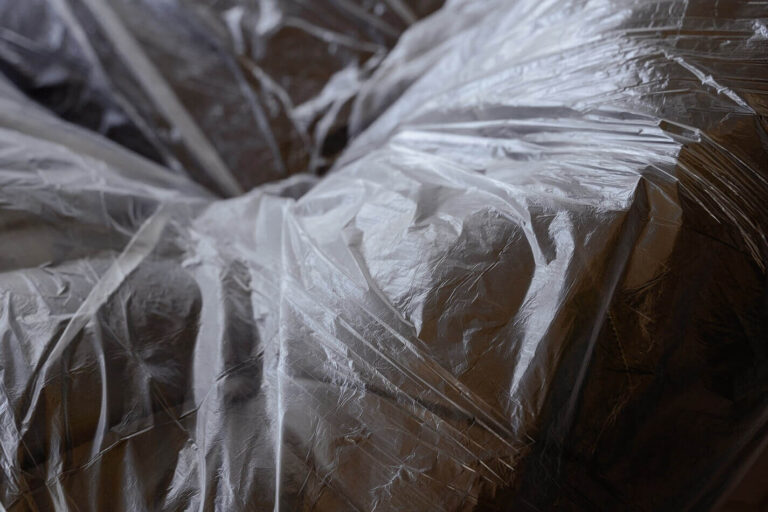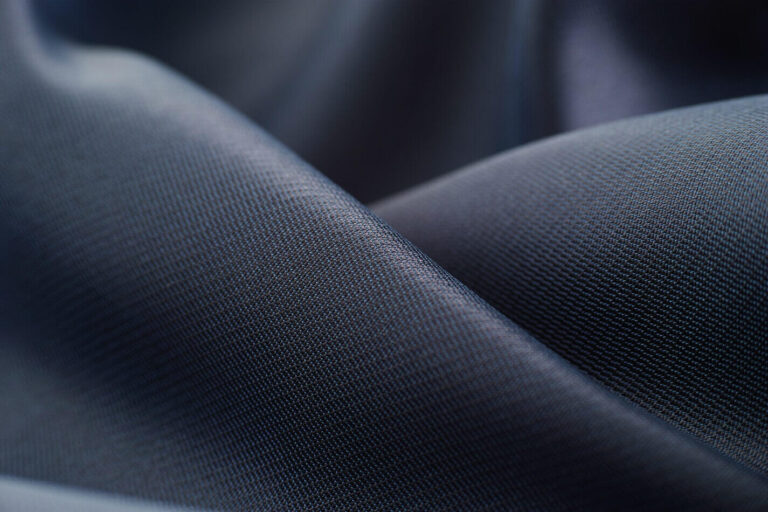how polyester is produced
what is polyester fabric?
Polyester is a synthetic texture that is generally taken from petrol. This texture is one of the world’s most used materials, and it is utilized in a large number of various customer and modern industrial applications.
Polyester is a man-made fiber that lasts long. It’s exceptionally tough and can endure decent wearing and tearing stress. Higher quality polyester holds its shape well and doesn’t shrivel. It dries rapidly unlike cotton, as polyester isn’t permeable.
The cons of this material are that it can build up static electricity, tends to hold odors more, and is less breathable than materials like cotton.
why is polyester bad?
As a plastic and petrol-based item, polyester is non-biodegradable and exceptionally harmful to our planet. Regular and low-sway dyes don’t work well with polyester filaments, so unsafe synthetic dyes are later deposited in our waterways, polluting them.
Also, polyester is a manufactured material that has numerous poisonous synthetic compounds inserted in it. Likewise, assuming you wear synthetic polyester garments, your body heat additionally delivers these synthetic compounds in the air and they are absorbed later by your skin, which can be toxic for the human body.
This also depends on the quality of the polyester, fast fashion garments are made with poor quality polyester that decomposes into microplastics when washed delivering these toxic synthetic materials into the water.

why polyester is good (sometimes)
This material can be good because of its high tenacity and toughness that make it extremely fitting for clothing creation. As a solid fiber, polyester can endure solid and repetitive stress. In the fashion business, this fiber is for the most part utilized for making shirts, pants, suits, packs, footwear, active apparel, bed sheets, etc.
Also, polyester is cheaper and uses much less water than cotton, which is a plant that needs a lot of water. It is also much more durable, although this is a big con as polyester, like any other plastic, lasts thousands of years without decomposing.
Despite these „pros”, polyester production is not environmentally friendly at all, being a much better choice to use cotton. Although it can sometimes be necessary for certain garments, in that case, the most intelligent move is to use recycled polyester, which uses far fewer resources than regular polyester and does not contribute to the additional creation of plastic materials.

how polyester is produced
The production varies depending on the type of polyester that is being made, generally, there are 4 main steps in the production of polyester.
Oil is extracted from the earth and treated, this is where plastics, gas, and other products come from.
The oil is shipped to processing plants (by truck, boat, big hauler, or pipeline) where heat, fuel, power, high pressure, solvents, and catalysts are utilized to stall the particles into useful ingredients. This cycle is likewise alluded to as “breaking”. Numerous petrochemical items can be gotten from oil at processing plants, however, ethylene and p-xylene are the monomers utilized for polyester creation.
Ethylene is then separated significantly utilizing heat, cooling, pressure, water, and in some cases a catalyst to create unrefined substances helpful for polyester creation, specifically ethylene glycol. The two principle acids utilized in the development of polyester are dimethyl terephthalate (DMT) and terephthalic corrosive (TPA), natural mixtures created from P-xylene. Both DMT and TPA are put away in liquid structure and shipped in tanks from processing plants.
PET (polyethylene terephthalate, a similar kind of plastic utilized in plastic soft drink bottles) is framed through a course of polymerization in which ethylene glycol, TPA, and (contingent upon the cycle) DMT are consolidated utilizing heat and high pressure. The outcome is a fluid of honey-like consistency that is expelled, dried, and cleaved up to make plastic pellets.
To make polyester strands, PET plastic pellets are dissolved and expelled through little openings called spinnerets to frame long strings, which are then cooled to solidify into a fiber. This interaction is called melt spinning. The shape and quality of openings can be changed to make strands with various characteristics. These filaments are bent together to make polyester yarn and twisted onto bobbins, where they are fit to be woven into the texture.
Summary
We hope you have learned a lot more today about polyester! We’re thrilled to teach people around the world :). By the way, do you know about fast fashion and its terrible consequences for the environment, the people, and the economy? Do you know what Slow Fashion or the Sustainable Fashion movement is? You have to read these articles about this unknown but urgent subject, click here to read „Can Fashion Ever Be Sustainable?”, knowledge is power, ignorance is doom.
We also have a big surprise just for you! We have prepared a carefully dedicated About Us page where we will tell you who we are, what we do, our mission, our team, and many more! Do not miss out on this opportunity and click here to check it out. Also, you can visit our Pinterest, where we will pin sustainable fashion-related content and clothing designs that you will surely love.
Spread the message:
- Click to share on Pinterest (Opens in new window) Pinterest
- Click to share on X (Opens in new window) X
- Click to share on Facebook (Opens in new window) Facebook
- Click to share on WhatsApp (Opens in new window) WhatsApp
- Click to share on Reddit (Opens in new window) Reddit
- Click to share on Telegram (Opens in new window) Telegram
- Click to share on LinkedIn (Opens in new window) LinkedIn
- More
